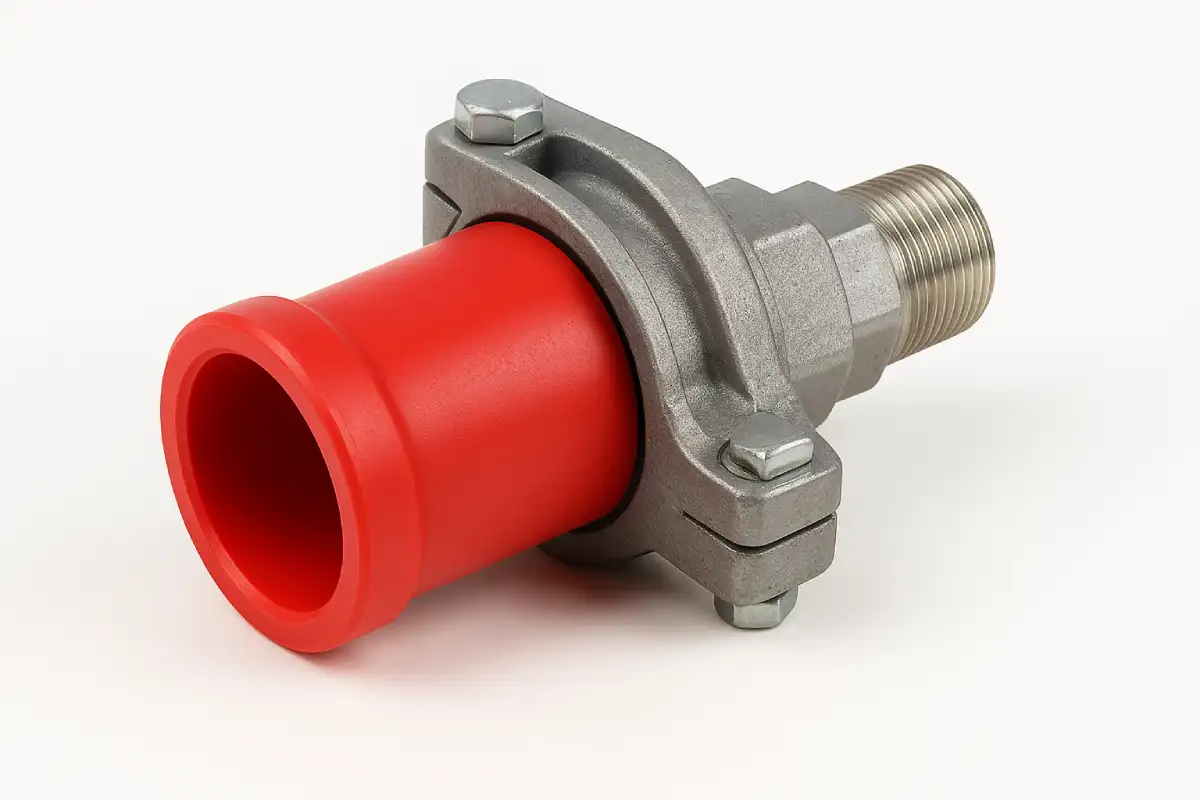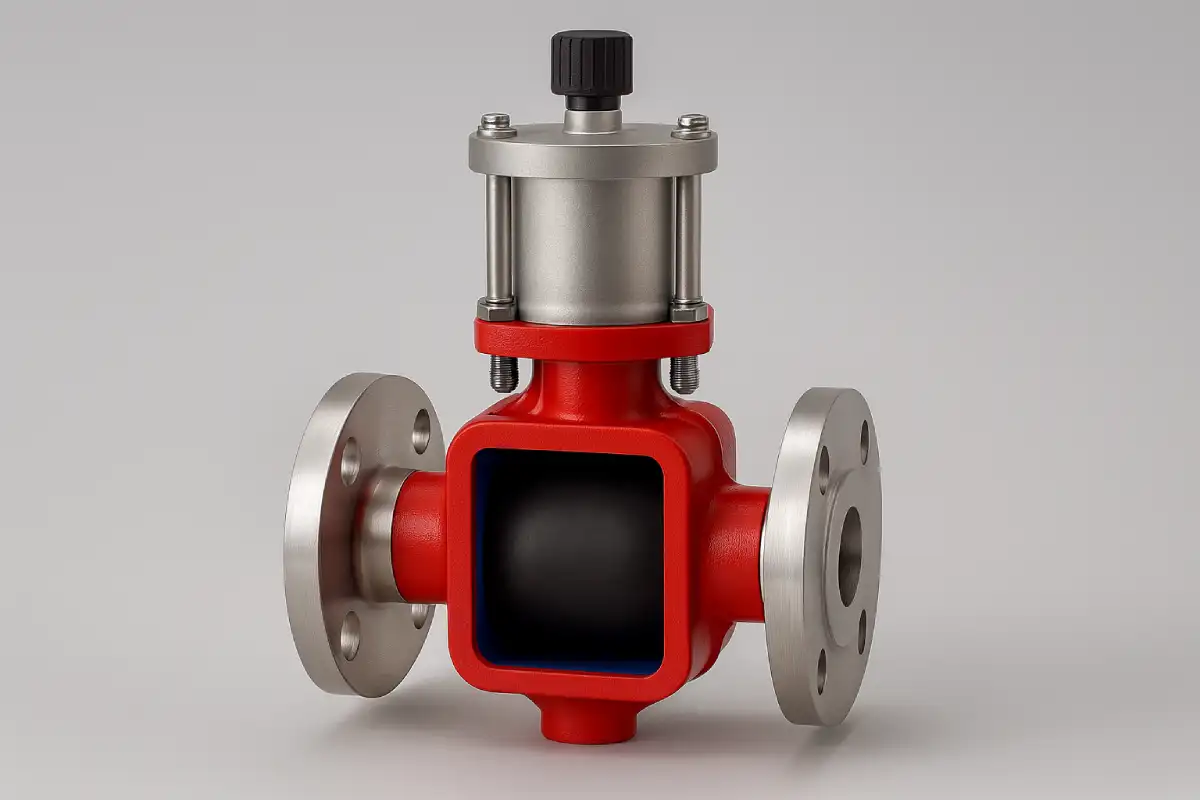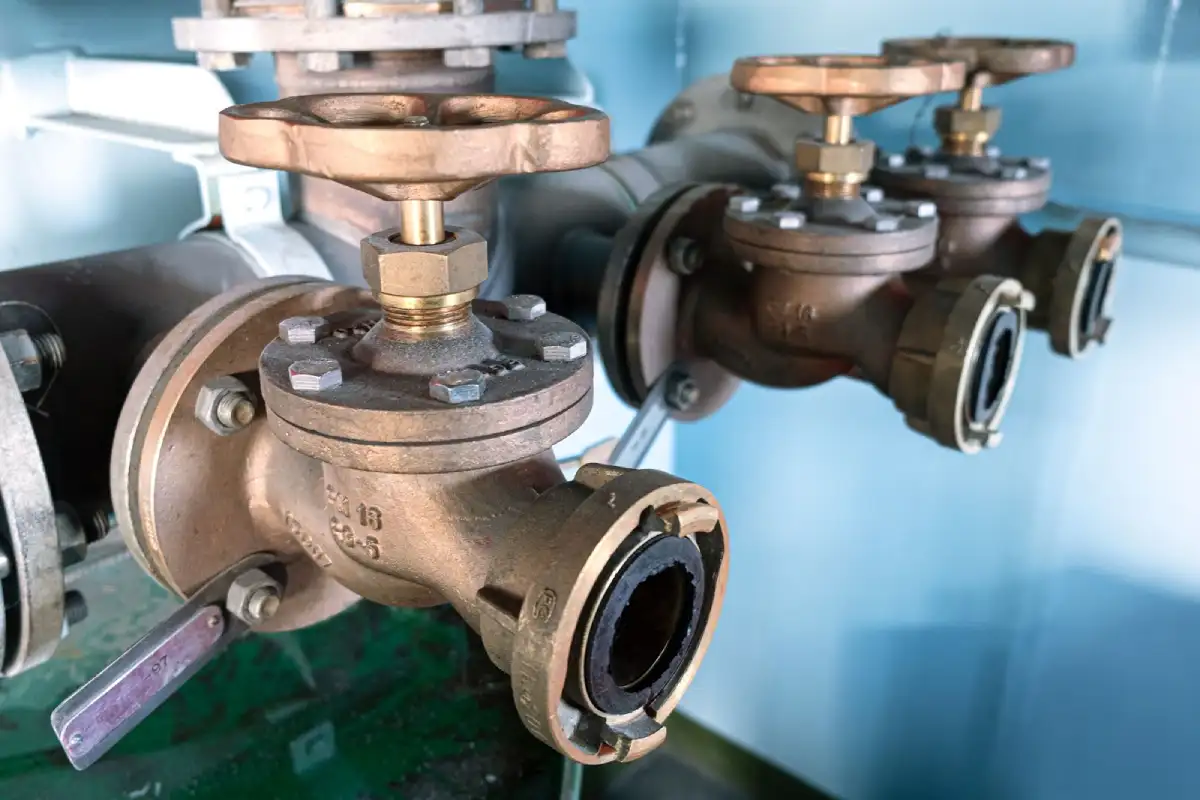

Выбор правильного корзина-сито для вашей системы сводится к пониманию размера фильтрации, ячеек сетчатого фильтра и того, как эти элементы вписываются в вашу конкретную схему трубопровода.
Независимо от того, работаете ли вы в сфере химической переработки, производства продуктов питания, очистки воды или отопления, вентиляции и кондиционирования воздуха, правильный сетчатый фильтр обеспечивает защиту системы, эффективность потока и долгосрочную работу оборудования.
Эта статья поможет вам разобраться в важнейших аспектах фильтрации, в том числе в том, как оценить размеры ячеек сетчатого фильтра, изучить возможности модернизации сеток сетчатых фильтров и понять роль сетчатого фильтра в трубопроводах.
Мы также расскажем, на что следует обратить внимание при выборе идеального корзиночного фильтра для вашего применения.
Сетчатый фильтр — это устройство, устанавливаемое в трубопроводе для удаления мусора и частиц из потока жидкости.
Он помогает защитить критически важные компоненты, расположенные ниже по потоку, такие как насосы, клапаны и форсунки, от повреждений, вызванных мусором.
Обычно он состоит из перфорированной или сетчатой корзины, размещенной внутри металлического корпуса, которая пропускает жидкость и улавливает твердые частицы.
Во многих промышленных системах корзинчатый фильтр является первой линией защиты, обеспечивающей чистоту жидкости и эффективность работы.
Фильтрация — это не просто удаление видимых загрязнений, это защита прецизионных компонентов от засорения или истирания.
Частицы, даже меньшие, чем можно увидеть невооруженным глазом, могут стать причиной неэффективности системы, снижения скорости потока или долгосрочного ухудшения работы оборудования.
Здесь вступает в игру выбор правильного размера фильтрующей ячейки и размера ячеек фильтра.
Размер фильтрации указывает минимальный размер частиц, которые фильтр может задержать при прохождении жидкости. Обычно измеряется в микронах.
Один микрон равен одной миллионной части метра, а меньшие значения микрона указывают на более тонкую фильтрацию.
С другой стороны, размер ячеек сетки зависит от того, сколько отверстий (или нитей) приходится на один линейный дюйм сетки.
Чем выше номер ячейки, тем она тоньше и тем меньшие частицы она может отфильтровать.
Например:
| Размер ячейки | Размер отверстия (приблизительный) | Эквивалент микрона |
| 20 меш | 840 микрон | Грубая фильтрация |
| 60 меш | 250 микрон | Средняя фильтрация |
| 100 меш | 150 микрон | Тонкая фильтрация |
| 200 меш | 74 микрона | Экстра-тонкий |
Материал сетки фильтра существенно влияет на производительность и долговечность.
Нержавеющая сталь широко используется из-за ее устойчивости к коррозии и износу, особенно в химических средах или средах с высоким давлением.
Однако в зависимости от фильтруемой среды могут использоваться и другие сплавы или покрытия.
Например, в условиях высокой коррозионной активности можно использовать корзины с покрытием из хастеллоя или тефлона.
В пищевой промышленности электрополированная нержавеющая сталь обеспечивает как коррозионную стойкость, так и соответствие санитарным нормам.
Модернизация сеток фильтров необходима, когда вам нужна более точная фильтрация или вы часто сталкиваетесь с засорами.
Переход на более мелкую сетку может улучшить чистоту жидкости, но также может снизить скорость потока, если площадь поверхности не увеличена.
Ситуации, которые часто требуют модернизации сети, включают в себя:
При обновлении убедитесь, что корпус может выдержать более высокое сопротивление, вызванное более мелкой сеткой.
Перед выбором более тонкой фильтрации крайне важно ознакомиться с характеристиками расхода и давления вашей системы.
Сетчатый фильтр в трубопроводе выполняет профилактическую функцию — удаляет посторонние частицы из жидкостей, чтобы избежать выхода из строя оборудования или загрязнения.
Обычно он устанавливается перед критически важными компонентами, такими как регулирующие клапаны, теплообменники или насосы, и играет важную роль в:
Правильное размещение в трубопроводе имеет решающее значение.
Фильтры корзиночного типа должны быть доступны для легкого обслуживания и располагаться в местах, где скорость жидкости способствует сбору мусора, не вызывая турбулентности.
Два наиболее распространенных типа корзинчатых фильтров включают в себя:
Фильтры Simplex с корзинами имеют одну камеру фильтрации, требующую отключения системы, когда приходит время очистки. Идеально подходит для приложений, где отключения приемлемы или редки.
Двойной корзинчатый фильтр состоит из двух корзин, соединенных параллельно, с распределительным клапаном, что обеспечивает непрерывную работу во время технического обслуживания.
Лучше всего подходит для критически важных систем, которые должны работать без перебоев.
Правильная установка имеет решающее значение для эффективности фильтра. Основные соображения включают:
Хотя выбор правильного сетчатого фильтра имеет важное значение, регулярное обслуживание позволяет поддерживать его эффективную работу. Вот как чистить сетчатый фильтр:
Частота проверок зависит от состояния системы, но общее правило — очищать корзину не реже одного раза в месяц или чаще в условиях сильного загрязнения.
При выборе фильтра учитывайте следующие параметры, соответствующие требованиям вашей системы:
Если в вашей системе наблюдаются различные технологические требования, рассмотрите возможность использования корзинчатых фильтров со сменными сетчатыми элементами или модульными корпусами, допускающими будущие модернизации.
Выбор правильного сетчатого фильтра — это не просто размер. Важно понимать, как сетка фильтра, усовершенствованные сетки для фильтров и размер фильтрации соответствуют эксплуатационным требованиям вашей системы.
От выбора подходящего размера ячеек фильтра до его эффективной установки и обслуживания — каждый шаг играет свою роль в повышении производительности системы и долговечности оборудования.
Помните, что правильный фильтр в трубопроводе может сэкономить время, предотвратить повреждения и обеспечить стабильный выход продукции.
Ресурсы:
Руководство: как выбрать и определить размер фильтров и сеток
Полное руководство по корзиночному ситечку
Полное руководство по выбору правильного корзиночного сита

A pinch valve adapter connects a pneumatic pinch valve or manual valve to pipes, tubes, or other parts of a system. With this connector, the valve can manage liquid or gas flow without leaks or strain. It also lets the valve fit in tight or unusual setups. This reduces operational risks and improves overall performance. […]

Yes, they are. Hygienic pinch valves are specially designed to keep things clean and safe, which is why they’re so common in food, pharmaceutical, and biotech environments. Their smooth interior and dead-zone-free design make cleaning quick and reliable. And if the term is new to you, don’t worry, this article will walk you through what […]

Choosing between a brass vs stainless steel valve becomes simpler once you know what your system needs. Brass valves are budget-friendly and work well in everyday plumbing. Stainless steel valves offer higher strength, longer life, and better corrosion resistance in harsh environments. This article outlines brass valve advantages and stainless steel valve benefits, and guides […]

Suppose you’re looking for an alternative to a pinch valve. In that case, the short answer is this: the most common alternatives include diaphragm valves, ball valves, and globe valves, each offering different benefits depending on your flow media, pressure, and process needs. This guide walks you through the best valve alternatives, explains how they […]